During my birding and atlasing trips I come across a variety of migrant species, some of which I manage to photograph in their local habitat – one in particular, the Little Stint, had me thinking for the umpteenth time how fascinating and amazing these annual migrations are.
Many of the migrant waders – or shorebirds as they are also known – display the most Jeckyll and Hyde characteristics of all birds, living two dramatically different lives and spending time in habitats which are as far removed from each other as can be imagined.
The majority of South African based birders get to know migrant species during their stay in the southern hemisphere, typically during the months from October to April, so let’s find out a bit more about their ‘other’ lives by delving into the typical annual life-cycle of these waders, starting with –
Little Stint
Calidris minuta (Kleinstrandloper)
This is the tiny, compact (13 cm, 23 g) wader found across southern Africa, often in flocks and joining other waders at almost any coastal or inland habitat with shallow water, soft mud and not much vegetation.
Key identification features are the very small size, short black bill and wings that project beyond the tail – the latter is a common trait amongst migrant birds needing extra wing power for those ‘halfway across the world’ journeys that they undertake
Clues to their two very different lives lie in the distribution map (courtesy of Cornell Lab of Ornithology) – the orange area is where breeding occurs in the Northern Hemisphere while the blue area, mostly in the Southern Hemisphere, is where they go ‘on vacation’ to build up strength for the next breeding season
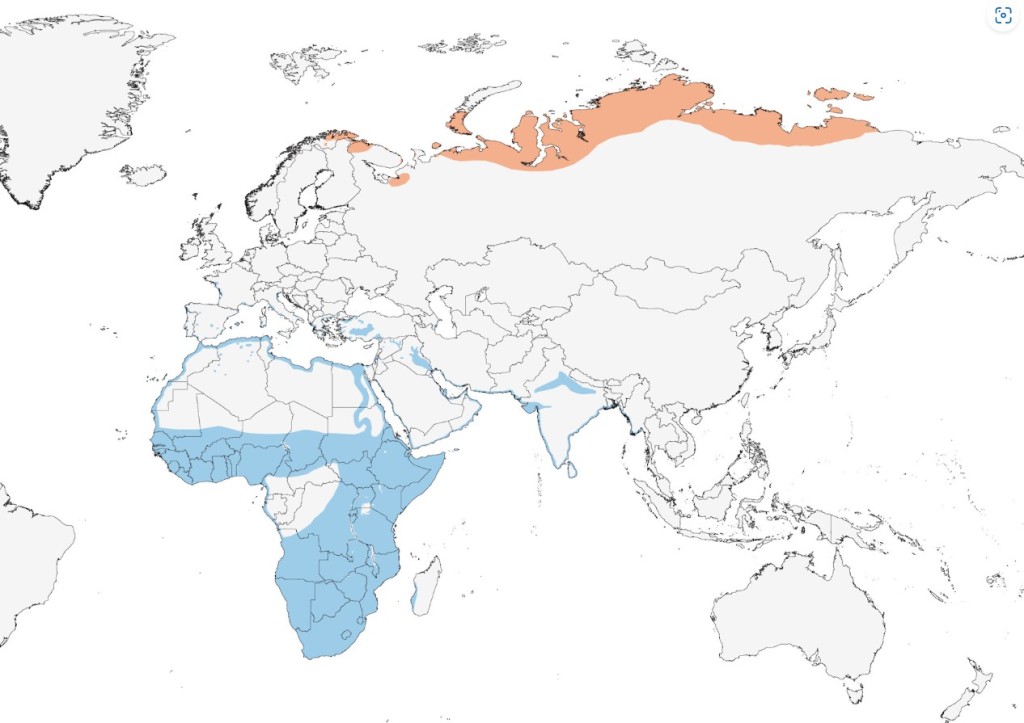
Life in the North
Birds are considered as “resident” in the area where they breed, which in the case of the Little Stint is situated within the Arctic Circle in a habitat known as Arctic Tundra, with temperatures well below zero for most of the year and a maximum of just 4 deg C in ‘summer’.
Tundra is known for large stretches of bare ground and rock and for patchy mantles of low vegetation and small shrubs – ‘barren’ and ‘frozen’ are about the kindest words to describe this habitat, yet these tiny waders thrive in this environment
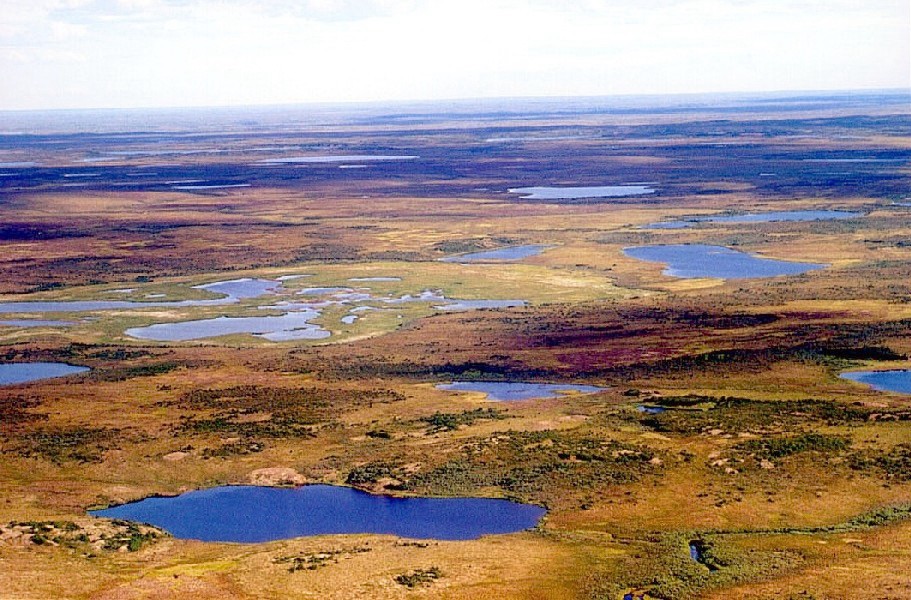
They inhabit dry ground at lower altitudes, often near swampy areas or salt-marshes, avoiding areas with annual rainfall of more than 250mm (No, they don’t have a way of measuring it other than instinct)

Breeding and Migration
Their nest is built on the ground, lined with leaves and grass but otherwise exposed. Eggs are laid starting late June to early July and are incubated by both parents.
Once the young have fledged and can look after themselves, they and the adult birds start migrating south, not necessarily together, heading across Europe before following a route via the Rift Valley lakes of eastern Africa then fanning out across southern Africa
According to estimates, up to 1 million Little Stints migrate to Africa, of which a relatively small proportion venture all the way south to southern Africa. Migration south starts from July with peak numbers arriving in southern Africa between October and December
Life in the South
On arrival in southern Africa (and just before departure) some of the stints will still be in partial breeding plumage with upper parts washed rufous, while others will have adopted their non-breeding plumage of brownish grey
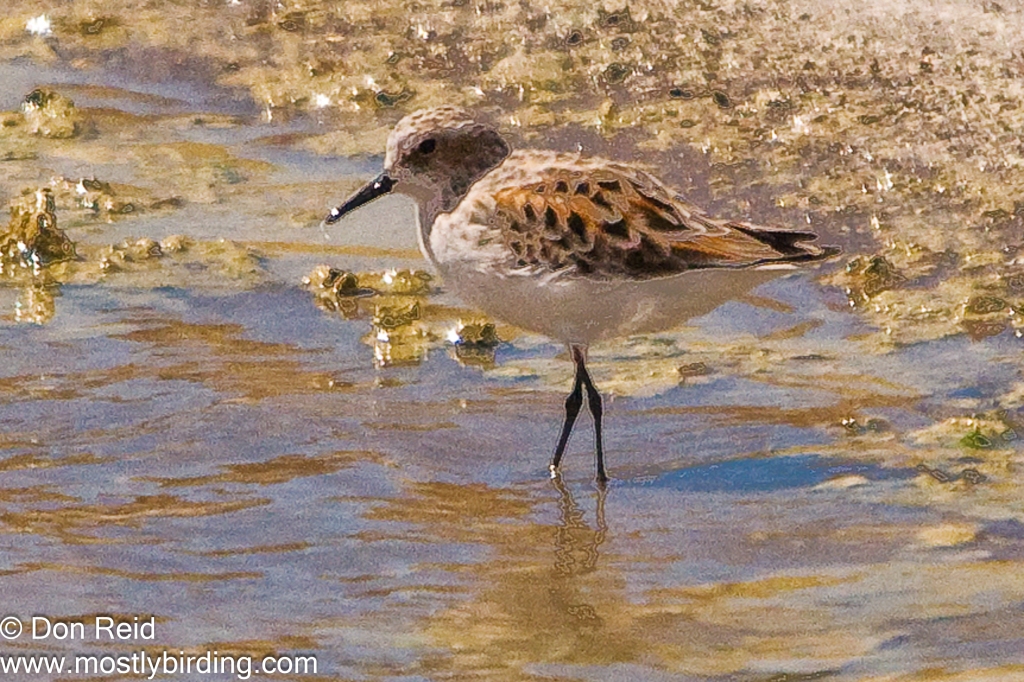
In southern Africa they seek out suitable habitat, preferring coastal and inland wetlands, especially where wet mud is available. Temporary pans in the interior can often provide the abundant short-term food that is perfect for their requirements.
Voëlvlei, about 30 minutes drive from Mossel Bay, which had no water for many years until the good rains of last year, has attracted hundreds of Little Stints this past summer along with many other migrant waders.

Not only did Voëlvlei provide abundant food for the waders and others, it also provided an ongoing feast for local birders enjoying the abundance of birds along with a few rarities. (More about that in future posts)
Foraging is done in very shallow water or on wet mud, picking small invertebrates off the surface rather than probing as many waders with longer bills tend to do.
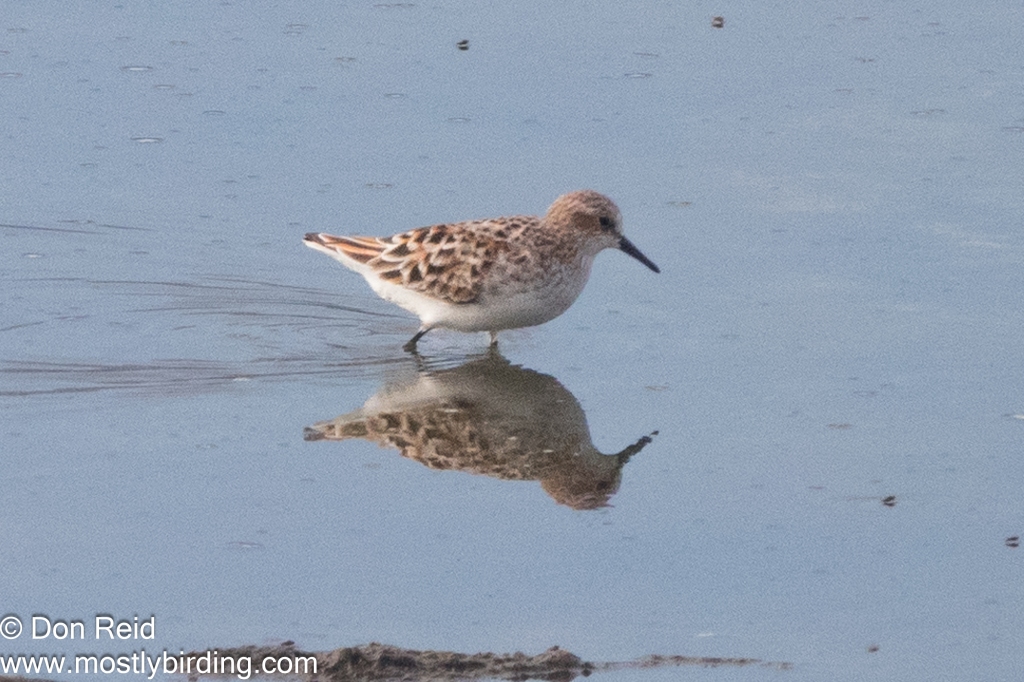
Stints are fairly easy to spot amongst other waders, not only because they are generally the smallest of the waders present but also due to their hunched appearance which always reminds me of a little old man pottering about
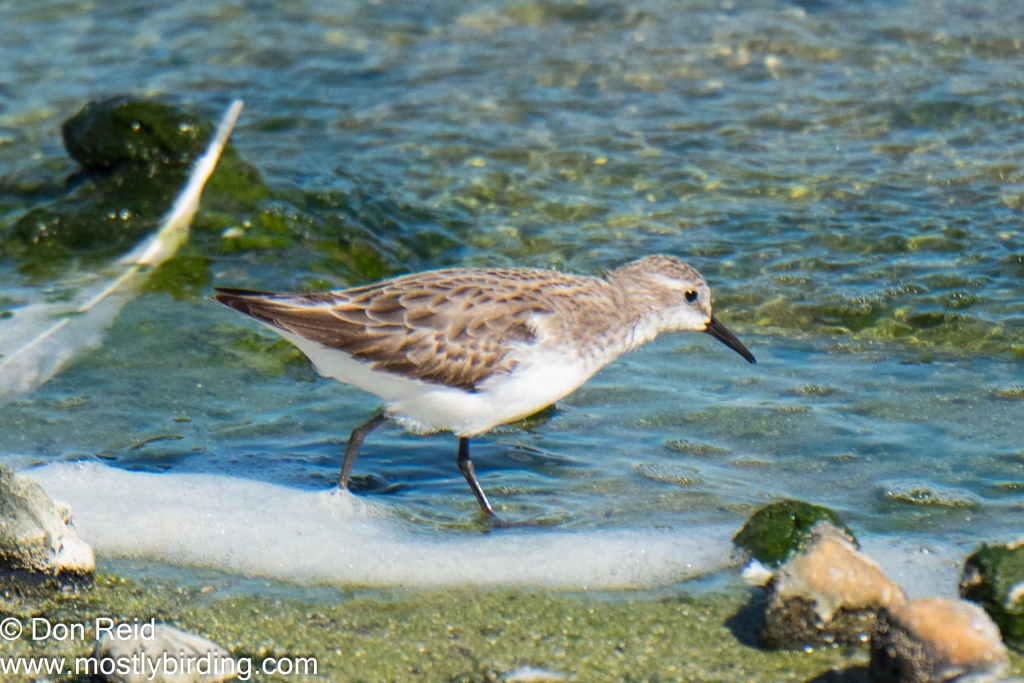
The Stints start departing from mid-February with the majority having left by end April, heading north to their breeding grounds where the cycle will start all over again…

What a privilege it is to welcome these fascinating waders to our shores
References : Cornell Lab of Ornithology Birds of the World; Roberts VII Birds of Southern Africa
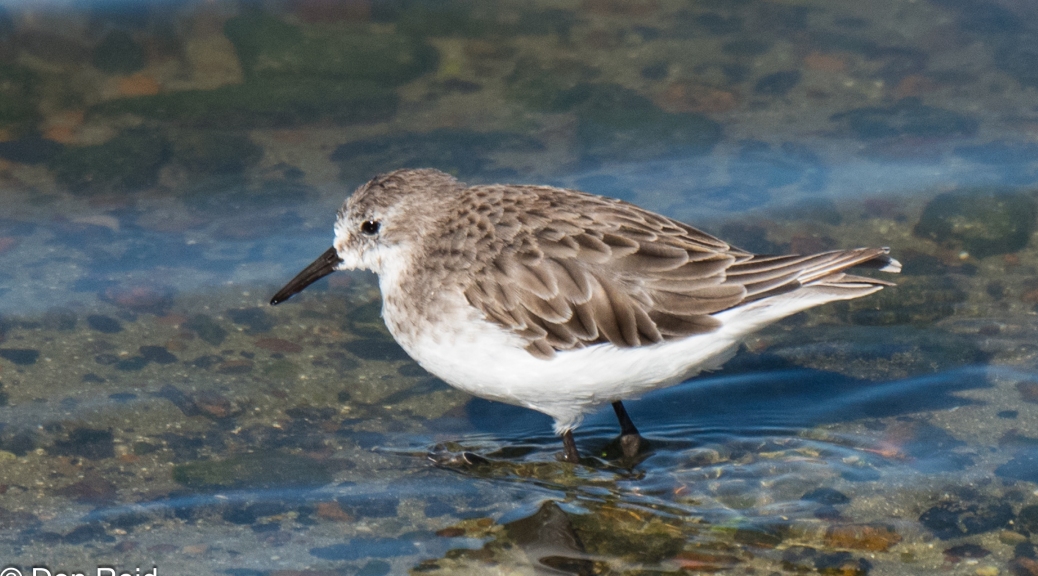
WHAT a fascinating read! I have really enjoyed this, thank you.
Glad you found it interesting Anne, I enjoyed writing and learning more about this otherwise familiar migrant
Thank you for a very interesting post, Don. I have always found little stints the most fascinating little birds. What a long journey they make for their summer holiday! So tiny but so robust. And I complain about the hassles of travelling to Europe in a very much bigger ‘bird’!
Fascinating birds indeed Helen. I could not find out how long they spend on the migration trip but it must run into weeks with a number of stopovers – at least they don’t have to contend with airport queues and sullen security personnel!
Indeed the don’t! And their stopovers are more fun!
Lovely article, very informative and learnt a lot – thank you
Thanks Pat. I enjoyed researching and writing this post – also learnt a lot in the process
Always a joy to see these ‘peeps’ when a few turn up here in the UK in early autumn.
I was pleased to find a few in Scotland when I visited last July